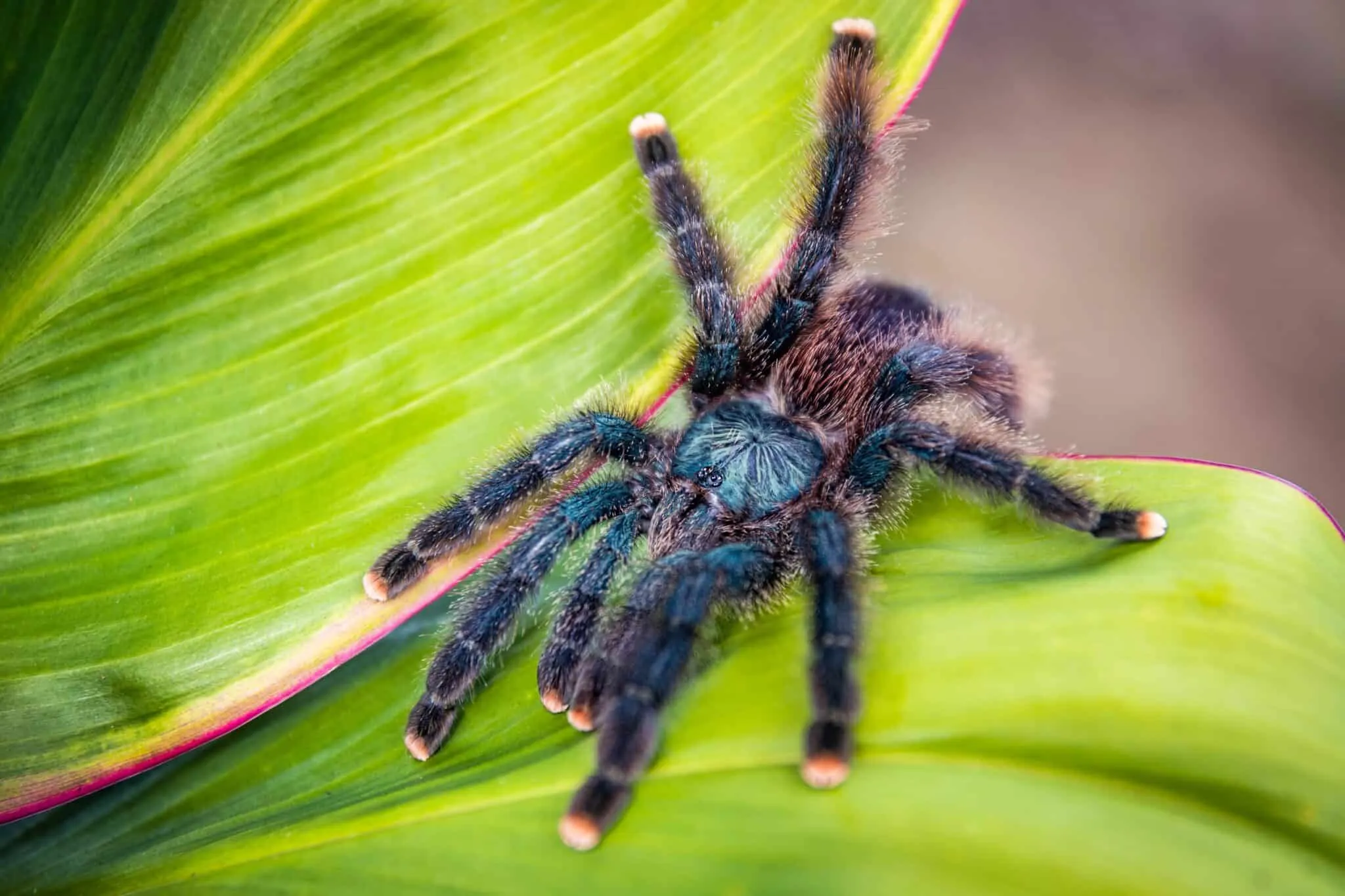Pinkfoot Tarantula Care Essentials
The Pinkfoot Tarantula (Psalmopoeus irminia) is a captivating species, popular among tarantula enthusiasts. This guide provides essential information for responsible Pinkfoot Tarantula care, ensuring your pet thrives. From habitat setup to feeding and handling, we’ll cover everything you need to know to keep your Pinkfoot Tarantula happy and healthy. Understanding the specific needs of this species is crucial for its well-being, making this guide an invaluable resource for both beginners and experienced keepers alike. Proper care not only ensures the spider’s survival but also allows you to observe its fascinating behaviors and contribute to its longevity.
Choosing the Right Enclosure
Selecting the appropriate enclosure is the first and most critical step in Pinkfoot Tarantula care. The right environment replicates their natural habitat, promoting their health and minimizing stress. The enclosure should provide ample space for movement, burrowing (if desired), and proper ventilation. This choice directly impacts the spider’s comfort, safety, and overall quality of life. Moreover, the enclosure should be secure, preventing escapes and protecting the tarantula from external hazards. Consider the adult size of your Pinkfoot Tarantula when choosing an enclosure, ensuring it has enough room to grow and thrive.
Enclosure Size and Material
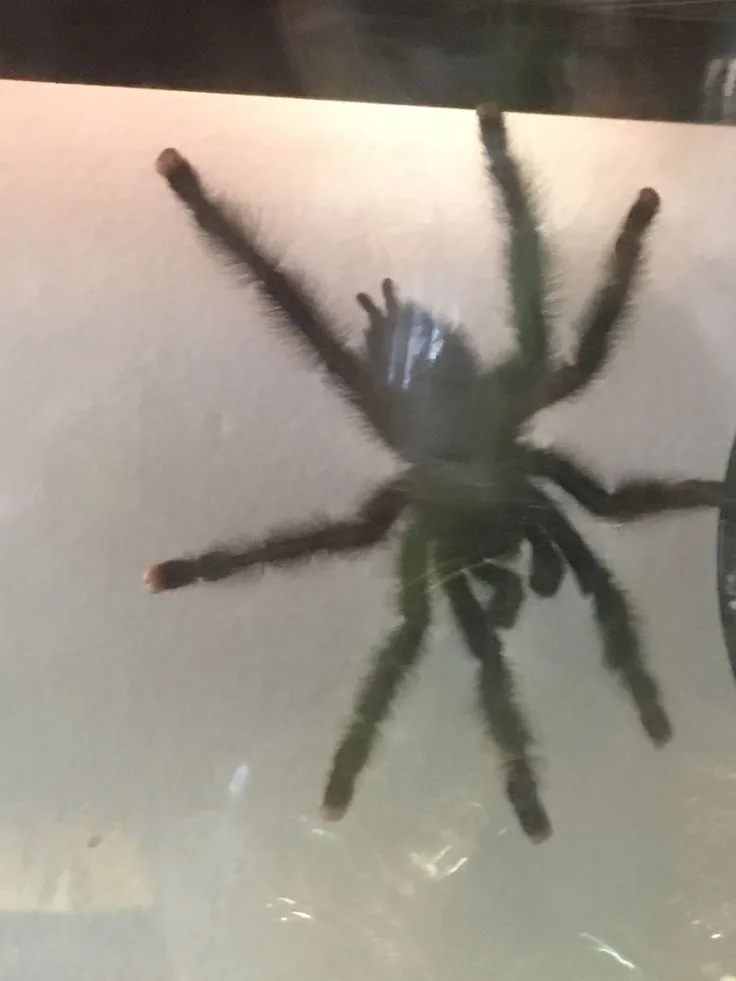
For an adult Pinkfoot Tarantula, a terrarium that is approximately 12x12x18 inches (or larger) is generally recommended, although this can vary. The material should be transparent, allowing for easy observation of your pet. Glass or clear plastic enclosures are ideal, providing a clear view while also being easy to clean and maintain. Ensure the enclosure has a secure lid to prevent escapes. The lid should also allow for adequate ventilation, which is crucial for maintaining proper humidity and preventing the buildup of harmful gases. Consider the overall aesthetic and placement of the enclosure, as this will also contribute to your enjoyment of your pet.
Substrate Selection
The substrate serves as the floor of your Pinkfoot Tarantula’s habitat, providing a place to burrow and aiding in humidity regulation. A good substrate should be able to retain moisture without becoming overly saturated. A mixture of coco fiber, peat moss, and a small amount of vermiculite is a popular choice, offering excellent moisture retention and creating a naturalistic environment. Avoid substrates that can be harmful if ingested, or that might mold easily. The depth of the substrate should be sufficient to allow the tarantula to burrow if it chooses, adding enrichment to its environment. Regularly check and replace the substrate to maintain cleanliness and hygiene.
Maintaining Proper Humidity and Temperature
Maintaining the correct humidity and temperature levels is crucial for the health and well-being of your Pinkfoot Tarantula. These factors directly influence the spider’s ability to molt properly and can affect its overall activity and appetite. Imbalances in humidity and temperature can lead to dehydration, molting problems, and other health issues. Monitoring and adjusting these environmental conditions is a daily responsibility for any Pinkfoot Tarantula owner. It requires careful observation and proactive management to ensure the spider thrives within its enclosure.
Humidity Requirements for Pinkfoot Tarantulas
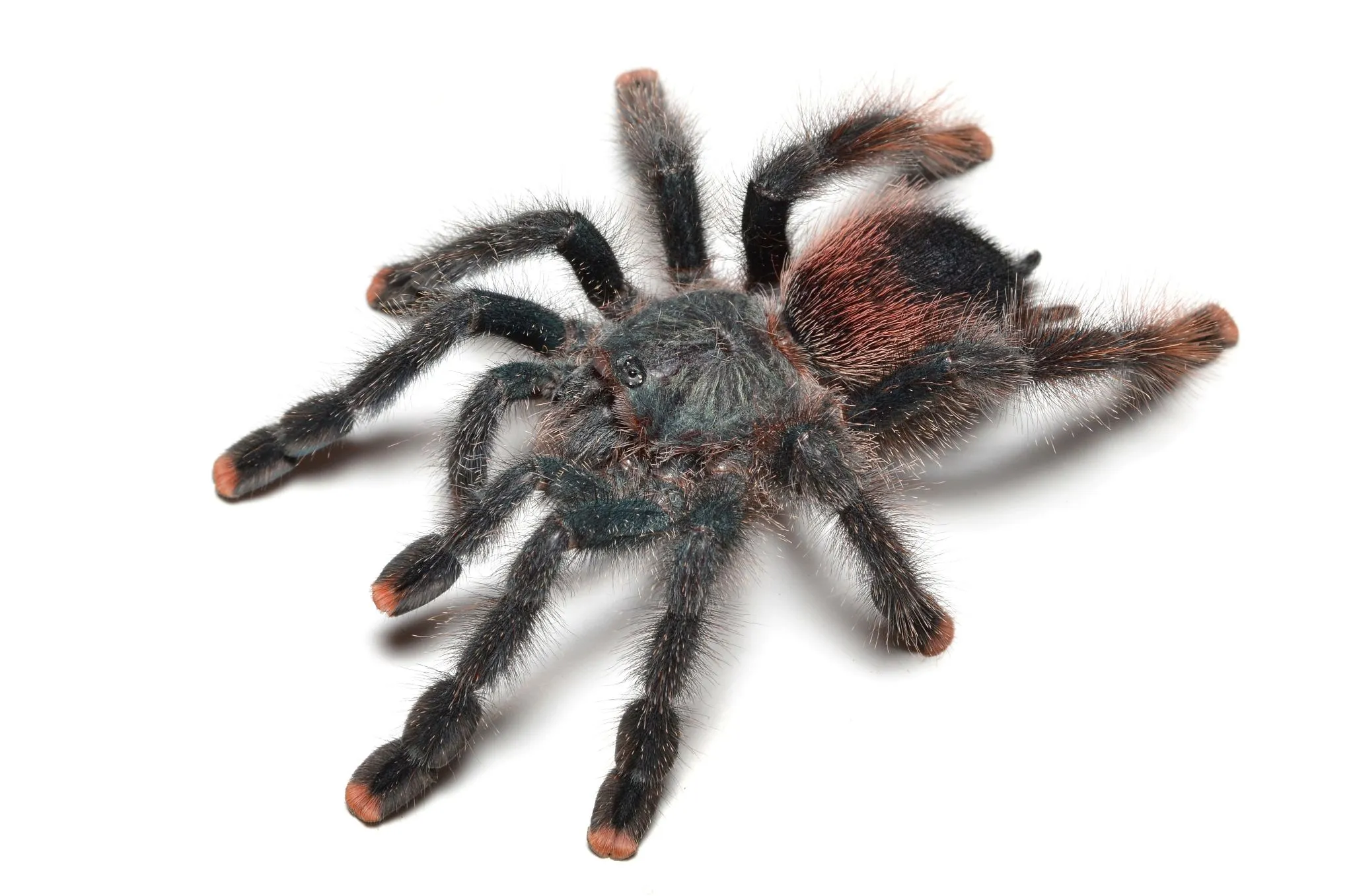
Pinkfoot Tarantulas require moderate humidity levels, typically between 70% and 80%. Achieving this can be done by misting the enclosure with dechlorinated water, usually once or twice a week, depending on your local environment and the ventilation in the enclosure. Avoid over-misting, which can lead to mold growth. The substrate should be kept slightly moist, but never waterlogged. Using a hygrometer to monitor humidity levels is essential, as it helps you fine-tune your misting schedule. Proper humidity aids in the molting process and overall health of the spider.
Temperature Control
The ideal temperature range for Pinkfoot Tarantulas is between 75°F and 85°F (24°C to 29°C). Most homes maintain temperatures within this range, but it’s essential to monitor the enclosure temperature, especially during extreme weather conditions. Avoid placing the enclosure in direct sunlight or near heat sources, as this can cause overheating. If necessary, a low-wattage heat source, such as a heat mat placed on the side of the enclosure, can be used to maintain the desired temperature. Always ensure the heat source is properly regulated and doesn’t create a hot spot, and that it is not directly in contact with the substrate or the tarantula itself.
Feeding Your Pinkfoot Tarantula
Proper feeding is vital for the health and growth of your Pinkfoot Tarantula. It directly impacts its energy levels, ability to molt, and overall well-being. Understanding what to feed, how often, and how to safely offer food are all key aspects of Pinkfoot Tarantula care. Keep in mind the age and size of your spider when determining its feeding needs. A well-fed tarantula is a healthy tarantula, and this aspect of care is crucial to your pet’s longevity and happiness.
Appropriate Food Items
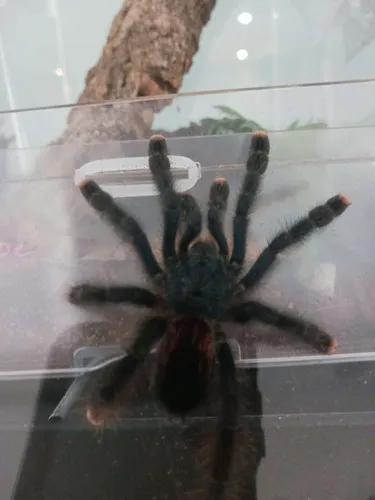
Pinkfoot Tarantulas are insectivores, and their diet should primarily consist of insects. Crickets, roaches (such as Dubia roaches), and mealworms are all suitable options. The size of the prey should be appropriate for the size of your tarantula; generally, the prey should be no larger than the tarantula’s body. Before feeding, it’s recommended to gut-load the insects with nutritious food to ensure your tarantula receives a balanced diet. Avoid feeding wild-caught insects, as they may carry parasites or pesticides that can harm your tarantula. Offer a variety of insects to provide a more balanced nutritional profile.
Feeding Frequency
The feeding frequency depends on the age and size of the tarantula. Spiderlings and juveniles should be fed more frequently, typically 2–3 times a week. Adult Pinkfoot Tarantulas can be fed once or twice a week. Observe your tarantula’s behavior to gauge its appetite. If it consistently refuses food, there may be an issue with its environment or health. Remove uneaten prey within 24 hours to prevent stress and potential harm to the tarantula. Adjust feeding frequency based on the tarantula’s activity level and whether it is approaching a molt, as they typically eat less before molting.
Watering and Hydration
Providing fresh water is essential for the survival and well-being of your Pinkfoot Tarantula. Adequate hydration is crucial for all bodily functions, including molting and maintaining overall health. Your tarantula needs a constant source of fresh, clean water to survive. Always ensure access to fresh water, and monitor the tarantula’s water source for cleanliness. Proper hydration is fundamental to Pinkfoot Tarantula care.
Providing Fresh Water
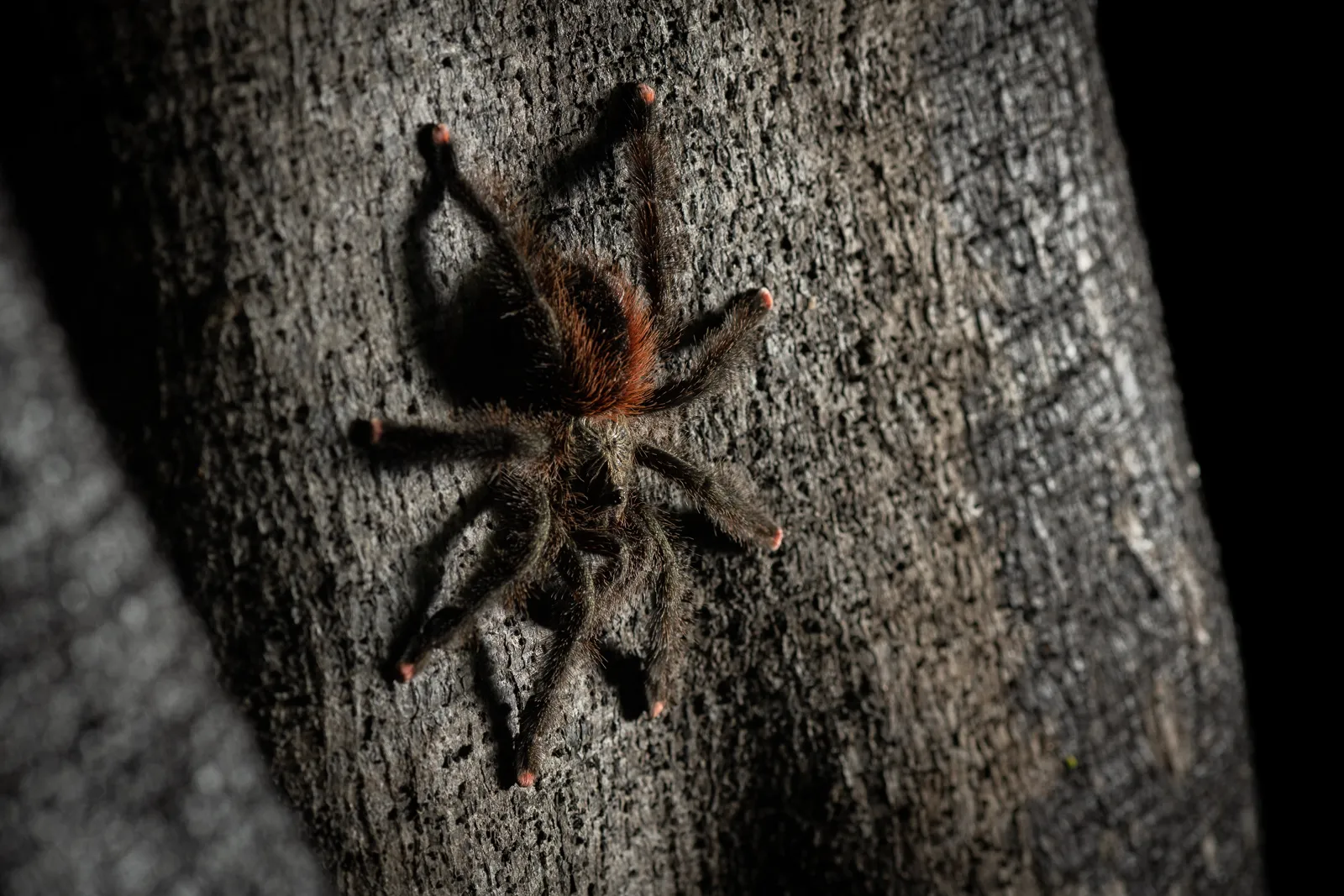
A shallow water dish should always be available in the enclosure. The dish should be shallow enough to prevent drowning. Use dechlorinated water or bottled spring water to avoid exposing your tarantula to harmful chemicals. Regularly clean the water dish to prevent the buildup of bacteria and ensure the water remains fresh. Ensure the water dish is stable and cannot be easily tipped over. Replace the water frequently, ideally every other day, to keep it clean and accessible.
Misting Techniques
Misting the enclosure can help maintain the required humidity levels, especially in drier environments. Use a spray bottle filled with dechlorinated water and mist the enclosure walls and substrate. Avoid directly spraying the tarantula. The goal is to lightly moisten the enclosure, not to saturate it. Observe your tarantula’s behavior and adjust the misting frequency accordingly. Monitor the substrate to ensure it doesn’t become excessively wet, which can lead to mold growth. Misting should complement the use of a water dish, not replace it.
Handling and Safety
Handling Pinkfoot Tarantulas is generally not recommended unless absolutely necessary, as they can be delicate and easily stressed. Their venom, while not typically lethal to humans, can cause local pain and discomfort. Always prioritize the safety and well-being of both the tarantula and yourself. Proper handling practices and a good understanding of their behavior are crucial to prevent accidental bites or injuries. Minimize handling as much as possible to reduce stress on the tarantula.
Safe Handling Practices
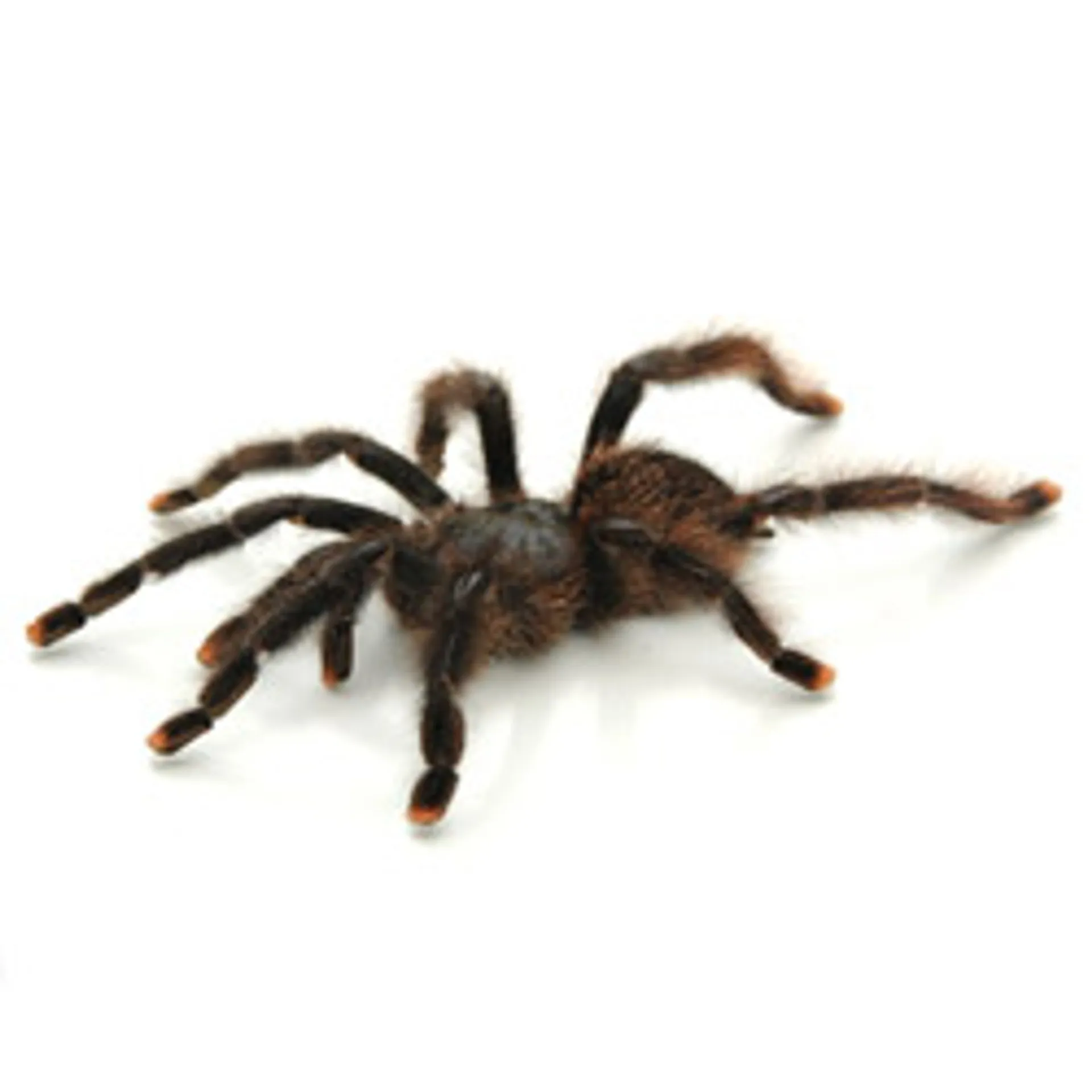
If handling is unavoidable, do so with extreme caution. Gently encourage the tarantula to walk onto your hand; never try to grab or force it. Handle the tarantula close to the ground to minimize the risk of injury if it falls. Always wash your hands thoroughly before and after handling the tarantula to prevent the transfer of chemicals or bacteria. Be aware that tarantulas can move very quickly, so be prepared to react. Try to handle the tarantula in an area where an escape is unlikely, such as within the enclosure itself, if possible.
Recognizing Signs of Stress
Learn to recognize the signs of stress in your Pinkfoot Tarantula. These can include defensive postures, such as raising the front legs or presenting the fangs; fleeing behavior; and excessive flicking of the urticating hairs (if present in the species). If your tarantula displays signs of stress, immediately cease handling and allow it to retreat. Providing a secure and stable environment with minimal disturbance is crucial for reducing stress. Avoid loud noises, sudden movements, and other potential stressors that may upset your tarantula.
Pinkfoot Tarantula Health and Wellbeing
Maintaining the health and well-being of your Pinkfoot Tarantula requires diligent care and observation. Regular monitoring for any signs of illness or distress is essential. Addressing health issues promptly can make a significant difference in the spider’s overall quality of life and longevity. A healthy tarantula is active, has a good appetite, and exhibits natural behaviors. By understanding common health issues and recognizing early warning signs, you can provide the best possible care for your pet.
Common Health Issues
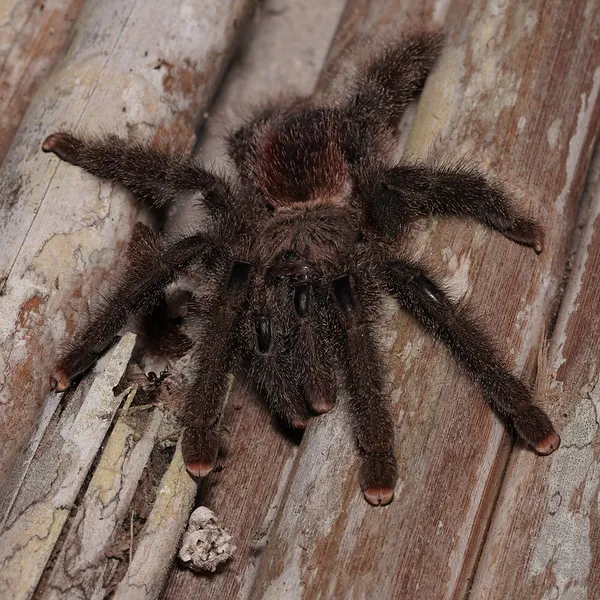
Common health issues in Pinkfoot Tarantulas include dehydration, parasites, injuries, and molting problems. Dehydration can be caused by insufficient humidity or a lack of access to fresh water. Parasites are less common in captive-bred tarantulas but can be introduced through contaminated prey. Injuries can occur if the tarantula falls or is mishandled. Molting problems can arise if the enclosure conditions are not ideal, or the tarantula is stressed. Consult with a veterinarian experienced in exotic animals if you notice any signs of illness or distress in your tarantula.
Identifying and Addressing Molting
Molting is a natural process where tarantulas shed their exoskeleton to grow. Before molting, your tarantula may stop eating, become less active, and may appear to be preparing a web mat. The tarantula will typically flip onto its back during the molt. Avoid disturbing your tarantula during the molting process. After molting, the tarantula’s new exoskeleton will be soft and vulnerable. Do not feed the tarantula for a few days until its fangs have hardened. Provide adequate humidity and a stress-free environment to support the molting process. Ensure the enclosure is free of potential hazards during this vulnerable time.
5 Essential Pinkfoot Tarantula Care Tips
Tip 1 Choose the Right Enclosure
Select an appropriately sized and secure enclosure made of clear material for easy viewing. The enclosure should offer adequate ventilation and be well-suited to the tarantula’s arboreal lifestyle.
Tip 2 Maintain Humidity and Temperature
Monitor and regulate humidity levels between 70-80% using a hygrometer and misting as needed. Keep the temperature between 75°F and 85°F (24°C to 29°C) to ensure the comfort and health of your Pinkfoot Tarantula. Ensure the enclosure has a heat source if needed.
Tip 3 Provide a Balanced Diet
Feed a varied diet of appropriately sized insects, such as crickets and roaches. Gut-load the insects to provide added nutrition, and adjust feeding frequency according to the tarantula’s age and appetite.
Tip 4 Offer Fresh Water
Always provide a shallow water dish with fresh, clean water. Replace the water frequently to maintain hygiene and ensure the tarantula’s access to hydration. A clean water source is fundamental to their wellbeing.
Tip 5 Handle with Care
Handle your Pinkfoot Tarantula only when necessary, and always with extreme caution. Avoid sudden movements and be aware of the tarantula’s potential for quick movement. Prioritize the tarantula’s safety and minimize stress.
